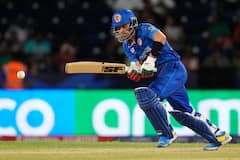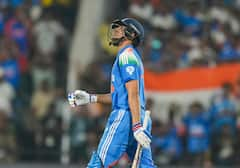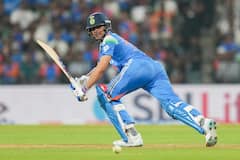ICC rules update: New version of DRS, Code of Conduct launched
These new rules will be introduced from Sunday, 30 September, when the first ODI between South Africa and Zimbabwe will be played in Kimberley
The International Cricket Council (ICC) on Saturday released the latest updates made in the level of some existing offences in the ICC Code of Conduct for Players and Player Support Personnel. These new rules will be introduced from Sunday, 30 September, when the first ODI between South Africa and Zimbabwe will be played in Kimberley. These were approved by the ICC Board during the Dublin Annual Conference on July 2.
The maximum sanction for a Level 3 offence has been increased from eight suspension points to 12 suspension points (equivalent to 6 Test matches or 12 ODIs).
Match referees will now hear Level 1, 2 and 3 charges with a Judicial Commissioner only hearing Level 4 charges and appeals.
With the ICC Cricket World Cup 2019 less than a year away, the ICC has not made any major changes to the existing playing conditions.
The updated Duckworth-Lewis-Stern (DLS) System
Meanwhile, the Duckworth-Lewis-Stern (DLS) System has been updated by the council will be followed from Sunday as well.
This is the third version but the second update of the DLS System since its introduction into international cricket in 2014 and has been carried out following a detailed ball-by-ball analysis of scoring patterns, including in the Powerplays, in all limited overs internationals played during the previous four years.
This means the current analysis is based on information from 700 One Day Internationals and 428 Twenty-20 Internationals, which comprise over 240,000 outcomes of individual deliveries.
The latest analysis has revealed that teams have been able to extend their acceleration patterns for longer periods, and the average scores in ODIs have continued to increase. This means that par score calculations will assume that teams will be able to score a slightly higher proportion of their runs towards the end of an innings.
In finalising the updated version, the scoring patterns between ODI (final 20 overs) and T20 were analysed, as were the scoring patterns between men's and women's international matches.
The study has confirmed that in both cases, while overall scoring rates are obviously different, wicket-adjusted resource utilisation rates are essentially identical.

Trending News
Top Headlines




































